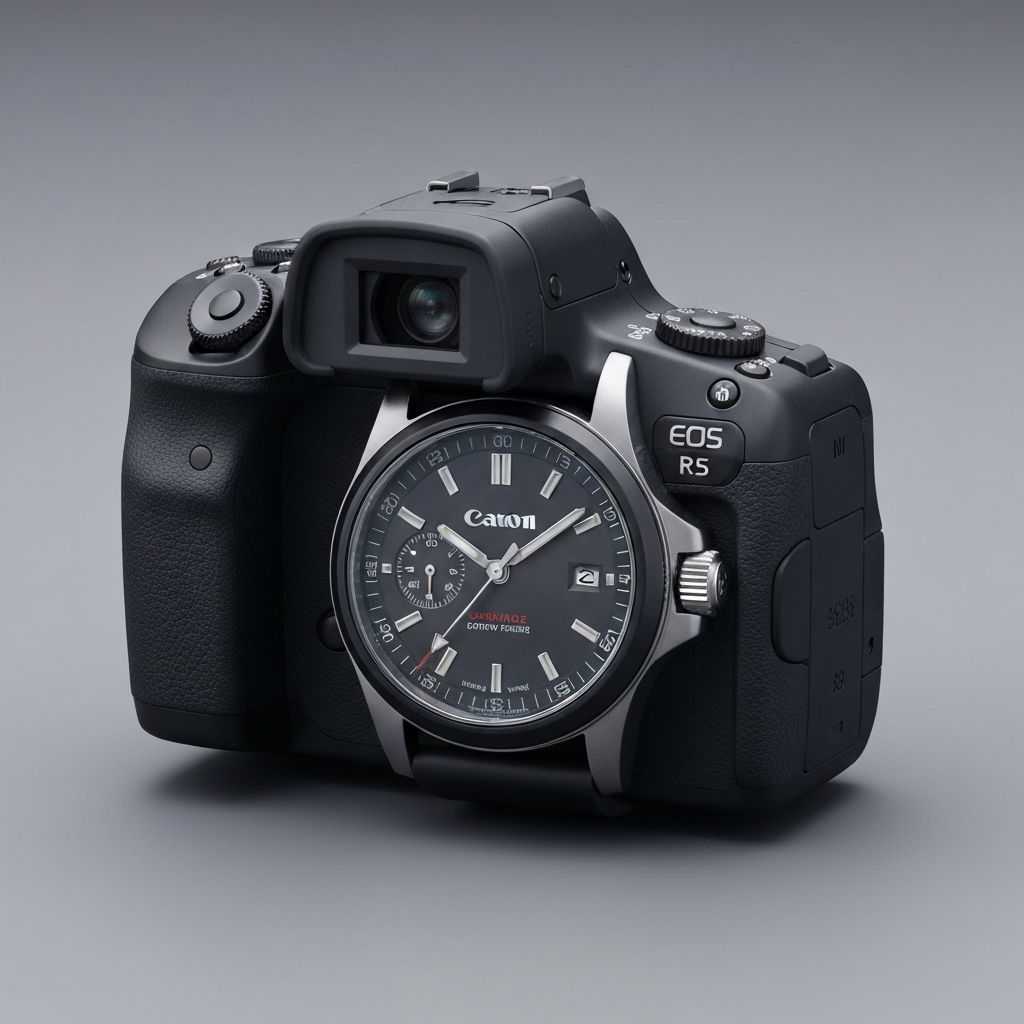How to Photograph Your Watch Collection Like a Pro
Professional tips for capturing stunning images of your timepieces.

Great watch photography requires understanding light, composition, and your camera. Whether using a smartphone or DSLR, these techniques will improve your watch photos dramatically.
Lighting is crucial. Natural light near a window provides soft, flattering illumination. Avoid direct sunlight, which creates harsh shadows. Overcast days offer perfect diffused light. For artificial lighting, use LED panels or desk lamps with diffusers. Position lights at 45-degree angles to create dimension while minimizing harsh shadows.
Composition matters as much as lighting. The classic "wrist shot" shows the watch in context but requires practice to avoid awkward angles. Flat lays offer creative possibilities—arrange the watch with complementary items like pens, notebooks, or coffee cups. Close-ups highlight details like dial texture or movement finishing.
Camera settings depend on your equipment. For smartphones, tap to focus on the watch and adjust exposure by sliding up or down. Use portrait mode for background blur. For DSLRs, use aperture priority mode (f/5.6 to f/8 for watches) to control depth of field. Keep ISO low (100-400) to minimize noise.
Background choice affects the overall image. Neutral backgrounds (white, black, or grey) keep focus on the watch. Textured surfaces like wood or leather add interest without distraction. Avoid busy backgrounds that compete for attention.
Post-processing enhances photos without making them look artificial. Adjust exposure, contrast, and white balance. Crop to improve composition. Sharpen slightly to enhance details. Apps like Lightroom Mobile or Snapseed offer powerful editing tools. Avoid over-saturation or excessive filters that make watches look unrealistic.
About Mauricio Pelligrino
Mauricio Pelligrino is a watch enthusiast and contributor to our publication, specializing in lifestyle and bringing years of experience in the watch industry.